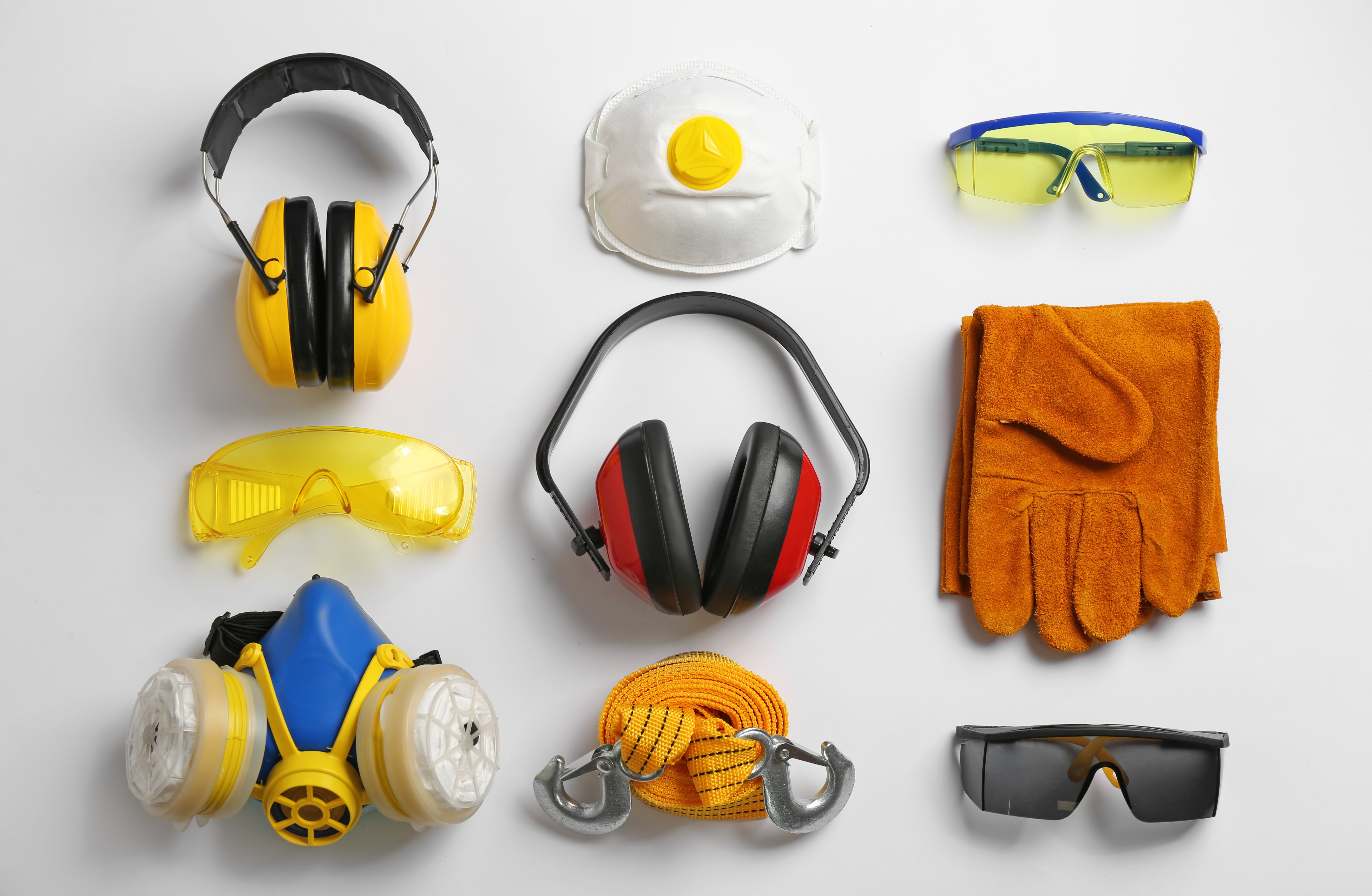Did you know that last month was National Safety Month? In 1996, the National Safety Council (NSC) established June as National Safety Month in the United States. The goal of this Summer Safety Month is to increase public awareness of the leading safety and health risks that are increased in the summer months to decrease the number of injuries and deaths at homes and workplaces. The areas of safety are split into 4 parts: musculoskeletal disorders, workplace impairment, injury prevention and slips, trips and falls. In the summer months, we typically see more dehydration and other heat-related illnesses due to the warm temperatures, car accidents and fatalities due to higher traffic volumes from vacationing, injuries from outdoor activities such as the swimming pool or bicycling, and more. By putting emphasis on these areas of safety in the workplace, an employer as well as the employee can protect themselves from injury or harm. Knowing that the following 4 areas are prominent when it comes to the workplace, one can focus on their prevention through education and training.

Musculoskeletal disorders (MSDs): These disorders are also known as ergonomic injuries, which are complex ailments resulting from exposure to repetitive movements, awkward or static postures or forceful exertions. They are the most common workplace injuries that take place. These injuries may include rotator cuff tears, back strains, carpal tunnel syndrome and are the most common causes of disability and early retirement among workers. There are about 247,620 MSD injuries or illnesses involving days away from work, resulting in about 14 lost work days (which can lead to absenteeism, disability or even workers compensation). The most common part of the body that is affected by these injuries is the back, from overextension involving an outside source. Trade, transportation and utility industries are affected more than others by MSD, followed by education and health services.
Workplace Impairment: Workplace impairment is anything that could impede one's ability to function normally or safely – from chemical substances, such as alcohol, opioids or cannabis, to physical factors like fatigue, as well as mental distress and social factors like stress. Although impairment has been a workplace safety issue for a long time, it has been found that the pandemic brought a new era of what this impairment means. Increased mental health concerns including depression and anxiety have contributed greatly to workplace impairment in the past few years. The pandemic has also worsened the US’s overdose number – in 2021 there were an estimated 107,000 overdose deaths which was the highest ever recorded. Because mental health and wellbeing are important components to a successful and productive worker, employers should put as much emphasis on mental health safety as they do physical.
Injury Prevention: The leading safety issues each year typically vary. One year it could be exposure to harmful substances, another transportation incidents, and as of late – infection diseases such as COVID-19. Typically, the leading cause of injury in the workplace is overexertion such as lifting, pushing, pulling holding or carrying objects. In 2020, exposure to harmful substances or environments was the top way that employees were injured. There were 424,350 injuries or illnesses from this, resulting in an average of 13 days away from work (which is about 43.5 injuries per 10,000 full-time workers). COVID-19 was a big reason this ranking was brought to #1. Health care and social assistance were the industries most affected by exposure to COVID-19.
Slips, Trips & Falls: The second leading cause of workplace death and third leading cause of workplace injuries is slips, trips & falls. This not only affects employees in the workplace, but at home as well. It is important to always be alert and take the steps to avoid these injuries in all places. Even if an employee has the knowledge to avoid slips, trips and falls – it is vital that the workplace constantly enforces safety in these areas as well as consistent practice and training. Falls can happen when working at heights or even at the same floor level that you are standing. It is important to keep all passageways, walkways and surfaces clean and orderly. Slip-resistant shoes are recommended on all wet floors – as well as floors covered in oil, heat or chemicals. These accidents tend to cause soreness, pain and even fractures – and can injure all parts of the body, especially lower extremities such as the knee or ankle.
According to https://www.hg.org/legal-articles/work-injuries-increase-during-the-summer-months-52913, employers should take certain safety precautions to ensure that workers are protected during the hot summer months. Some of these safe practices include:
- Allowing employees to acclimate to the weather
- Educating employees about the risks of heat stress, heat-related illnesses, and safe work practices
- Encouraging workers to take frequent breaks
- Establishing an injury and illness prevention program
- Increasing ventilation
- Informing workers of the type of clothing and protection they should wear
- Providing a water station/cool-down area
- Providing workers with personal protective equipment such as thermally conditioned clothing
- Using air conditioning and decreasing the level of humidity
Although National Safety Month is just during the month of June – it is vital to stress the importance of safety all year long. Through consistent education and training, as well as providing resources for impairment, employers can assure that their employees are receiving the tools that they need to be safe.




